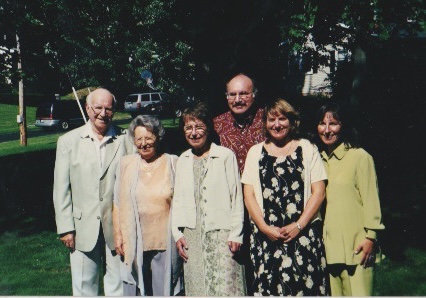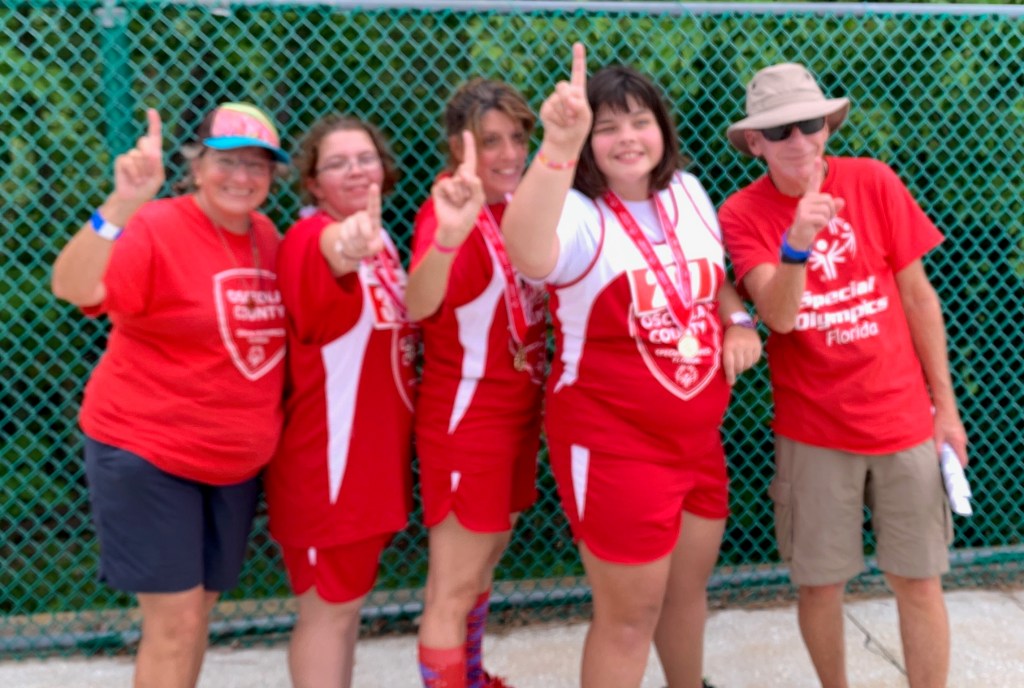A shorter version of this story was published in the Orlando Sentinel on January 8, 2023. This is the full article as published in The Jewish World in its January 5 issue.
“In the end we will remember not the words of our enemies but the silence of our friends.” Martin Luther King, Jr.
On December 19, 2022, President Joe Biden used the White House’s Chanukah celebration to call out the rising anti-Semitism in the United States. “Silence is complicity,” he stated. Biden joined Second Gentleman Doug Emhoff and other notable Jews in lighting the first ever official White House hanukkiah, which was created by the Executive Residence Carpentry Shop out of wood removed from the building in 1950 during a Truman-era renovation “Today, we must all say clearly and forcefully that anti-Semitism and all forms of hate and violence in this country have no safe harbor in America. Period,” Biden said.
This theme echoed the president’s tweet earlier in December. The remarks came one day after Ye, the rapper, formerly known as Kanye West, announced “I like Hitler” during an anti-Semitic rant on right-wing conspiracy theorist Alex Jones’ InfoWars show and five days after Donald Trump dined with Ye and white supremacist Nick Fuentes. “The Holocaust happened. Hitler was a demonic figure,” stated Biden. “And instead of giving it a platform, our political leaders should be calling out and rejecting anti-Semitism wherever it hides. Silence is complicity.” Trump, meanwhile, has yet apologize or to condemn the men he dined with at Mar-a-Lago. He has hidden behind an excuse of innocence, claiming he didn’t know who Fuentes was.
Condemnation
Some Republican leaders were swift of their condemnation of Trump’s actions. “Trump was wrong to give a white nationalist, an anti-Semite and Holocaust denier a seat at the table,” stated former Vice President Michael Pence. “And I think he should apologize for it, and he should denounce those individuals and their hateful rhetoric without qualification.” Senate Minority Leader Mitch McConnell echoed Pence’s words. “There is no room in the Republican Party for anti-Semitism or white supremacy,” he said. “[A]nyone meeting with people advocating that point of view, in my judgment, are highly unlikely to ever be elected president of the United States.”
House Minority Leader Kevin McCarthy denounced Fuentes, stating that the white supremacist “has no place in this Republican Party,” but follow-up statement which supported Trump was blatantly untrue. “I think President Trump came out four times and condemned him and didn’t know who he was.” According to CNN and other reputable news sources, Trump claimed four times that he didn’t know Fuentes but never denounced him or his views.
While condemning anti-Semitism, many other Republicans who spoke out condemned the ideology but avoided invoking the former president’s name. As a matter of fact, when PBS reached out to 57 Republican lawmakers to condemn the meeting, two-thirds never responded. Many, like McCarthy, have put the blame on Ye and Fuentes for showing up.
The silence is also deafening in my own state of Florida .In January, a small band of white supremacists converged in Orlando, where they chanted “White power!” and roughed up a Jewish student. Governor Ron DeSantis’ press secretary suggested on Twitter that the white supremacists were actually “Democrats pretending to be Nazis.”The governor himself is yet to speak about the Trump/Ye/Fuentes debacle.
In March 29, 2022, article in New York magazine, Jonathan Chait opined that DeSantis’ silence may be rooted in his own strategy to obtain the 2024 Republican nod for the presidential candidate. Chait went soon to say that it may be even more deeply rooted in what Chait called the Republican presidential candidate hopeful’s “unembarrassed courtship of right-wing extremists.”
Look Who Is Talking?
So who is speaking up? Certainly the Anti-Defamation League, whose response was immediate and unequivocal. “Former President Trump’s dinner with anti-Semites Ye and Nick Fuentes underscores the ugly normalization of extremist beliefs — including anti-Semitism, racism and other forms of bigotry,” said Jonathan Greenblatt, its National Director and CEO. He went on to warn that the dinner further emboldened extremists.
And thankfully, many others have refused to be silent. Government officials, religious leaders, journalists, athletes, entertainers, and many others have raised their voices against anti-Semitism.
In November, over 200 leaders of the entertainment industry, including Mila Kunis, Debra Messing and Mayim Bialik, released a letter through the non-profit entertainment industry organization Creative Community for Peace urging Amazon and Barnes and Noble to stop its sale of the highly inflammatory book and film, Hebrews to Negros: Wake Up Black America. “At a time in America where there are more per capita hate crimes against Jews than any other minority, overwhelmingly more religious-based hate crimes against the Jewish people than any other religion, and more hate crimes against the Jewish people in New York than any other minority, where a majority of American Jews live,” the letter reads, “it is unacceptable to allow this type of hate to foment on your platforms.”
Survivors
There is another powerful but diminishing group that continues to bring the reality of the Holocaust and anti-Semitism to the forefront: Holocaust survivors. January 27, 2023, marks the 78th anniversary of the liberation of Auschwitz. Most of the survivors are in their eighties and beyond; the oldest known survivor, Yisrael Kristal, died at 113 in 2017. Through the efforts of Steven Spielberg , the Shoah Visual History Foundation has recorded over 55,000 stories Holocaust survivors in more than 50 countries and more than 30 languages. Events such as the International March for the Living and venues such as the United States Holocaust Memorial Museum and other Holocaust museums across the country and world also bear witness.
“There are very few survivors left, and I want the world to know that there was a Holocaust,” Estelle Nadel, an 88-year-old Holocaust survivor who has talked to hundreds of groups for over forty years stated. “There’s so much denial, that every time I get a chance to tell my story, I feel like I’m doing something against it.”“Justice will not be served until those who are unaffected are as outraged as those who are,” wrote Benjamin Franklin. President Biden knows this, as should all who wish to push back agains hate.
Sources
https://www.cnn.com/2022/11/29/politics/fact-check-mccarthy-trump-fuentes/index.html
https://nymag.com/intelligencer/article/ron-desantis-trumpism.html
https://www.cnn.com/2022/11/29/politics/fact-check-mccarthy-trump-fuentes/index.html
First published in the (Capital Region, New York) Jewish World, January 5, 2023.













